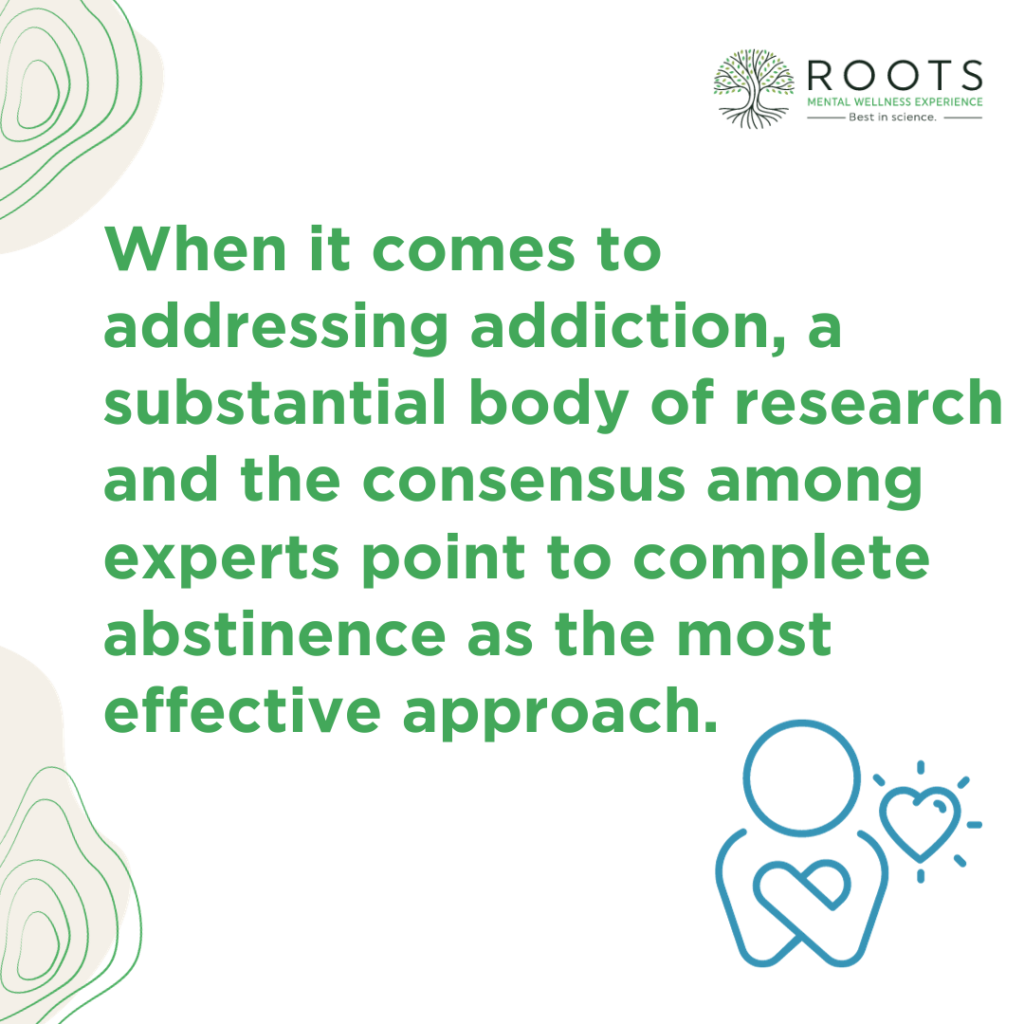“California sober” is a term that’s been gaining attention in discussions about addiction recovery and sobriety.
The origin of California sober is somewhat nebulous, but it has become more prominent in public discourse, partly due to mentions by celebrities and influencers. This approach sparks a considerable debate within the sobriety and recovery community. Proponents view it as a more flexible and realistic path to recovery, while critics argue it may undermine the principles of total sobriety and potentially derail the recovery process.
In this blog, we will explore the principles of the California sober approach, weigh its pros and cons, and address the critical question: does California sober actually work?
The Principles of California Sober
At its core, California sober refers to an approach where individuals abstain from most substances but allow themselves moderate use of certain others. This concept deviates from the traditional model of complete abstinence typically advocated in alcohol rehab and IOP (Intensive Outpatient) addiction treatment programs.
In a California sober regimen, substances that are generally considered more harmful and addictive, like opioids, cocaine, and methamphetamines, are avoided. The emphasis is on steering clear of drugs known for high risks of dependency and severe withdrawal symptoms.
Conversely, substances such as marijuana and, in some interpretations, alcohol are viewed as acceptable for moderate use. The rationale behind this selective allowance is the belief that these substances, when used responsibly and in moderation, do not necessarily impede the individual’s functioning or recovery process.
The underlying philosophy of the California sober approach is that total abstinence can be an unrealistic goal for some individuals.
Proponents argue that a more flexible approach to sobriety can be more sustainable in the long run, reducing the pressure and guilt associated with the pursuit of total abstinence. It’s also believed that allowing moderate use of certain substances can make the transition away from more harmful drugs more manageable and less daunting for some individuals.
Who Does the California Sober Approach?
The California sober approach tends to attract a diverse group of individuals, each with their unique reasons for choosing this path over traditional sobriety methods. Understanding the demographics and motivations behind this choice can provide a clearer picture of its appeal.
Young Adults
Often more prevalent among younger individuals, particularly those who may feel that total abstinence is too restrictive or unattainable.
Celebrities and Public Figures
Public figures and celebrities have popularized this approach, influencing fans and followers who resonate with their lifestyle choices.
Those with Prior Recovery Attempts
Individuals who have previously attempted traditional recovery methods without success might turn to California sober as an alternative.
People Seeking a Middle Ground
Some individuals do not identify with the label of ‘addiction’ but recognize the need to moderate their substance use.
Reasons for Choosing California Sober
Less Intimidating Approach
For some, the idea of complete abstinence can be challenging. This pushes them to lean towards the California sober approach. However, pursuing a path of complete abstinence, with the support of individual therapy, can offer a more effective and sustainable route to recovery.
Previous Negative Experiences with Abstinence
Those who have experienced relapse or negative mental health effects from attempting total abstinence might seek a less restrictive alternative
Cultural and Social Influences
In some social circles, complete sobriety might be stigmatized or not well understood, leading individuals to seek a recovery path that feels more socially acceptable.

Pros and Cons of the California Sober Lifestyle
Adopting a California sober lifestyle can be seen as a pragmatic approach for some, while for others, it could pose significant risks. Here’s an exploration of both sides:
Pros
Harm Reduction
One of the key arguments in favor of the California sober approach is its potential for harm reduction. By allowing moderate use of less harmful substances, it can steer individuals away from more dangerous drugs, thereby reducing the risks associated with severe addiction.
Mental Health Benefits
For some, moderate use of certain substances like marijuana may have therapeutic effects, such as alleviating anxiety or aiding in sleep. This can contribute to overall mental well-being, provided it’s done under medical supervision.
Lifestyle Balance
This approach can be seen as a more balanced way of living for those who find total abstinence impractical. It allows individuals to enjoy social activities without the strict limitations imposed by traditional sobriety.
Cons
Slippery Slope to Relapse
For people with a history of addiction, even moderate use of certain substances can be a slippery slope leading back to old habits. The California sober method might blur the boundaries for some, making it difficult to maintain control. It’s still better to follow these tips to staying sober rather than going for something risky such as using substances.
Challenges in Defining Moderation
What constitutes ‘moderate’ use can be subjective and vary greatly from person to person. This ambiguity can make it challenging to maintain a consistent and safe level of use.
Potential for Justifying Unhealthy Behavior
There’s a risk that the California sober approach could be used to justify continued substance use under the guise of moderation, potentially ignoring underlying issues of dependency.
Undermining Traditional Recovery Methods
There’s a concern that promoting a California sober lifestyle might undermine the efficacy and importance of traditional abstinence-based recovery programs, which have been the cornerstone of addiction treatment for decades.
Complete Abstinence is Still The Best Choice
When it comes to addressing addiction, a substantial body of research and the consensus among experts point to complete abstinence as the most effective approach. This is especially true for individuals grappling with severe addiction because even minimal substance use can trigger a relapse.
In contrast, the California sober approach isn’t generally recommended by experts as a viable solution for those dealing with serious addiction issues. The primary concern lies in the escalation in substance use when adopting this approach.
The case for complete abstinence is strong among experts due to several reasons. It allows the brain and body to undergo the healing process from the detrimental effects of substance abuse. Moreover, it empowers individuals to develop healthier coping strategies that don’t rely on substance use, ultimately fostering a more robust, sustainable, and addiction-free lifestyle.
In summary, we’ve explored the idea of California Sober, looked at who might choose it, and weighed its pros and cons. However, many experts recommend leaning towards abstinence when it comes to addiction recovery.
Complete abstinence can help your body and mind heal from the harms of substance use and empower you to build healthier ways to cope. This path leads to a stronger, more enduring, and addiction-free life.
If you’re seeking guidance and support, reach out to Roots Through Recovery. We provide expert guidance and a customized approach to sobriety. Check out our treatment programs here.




